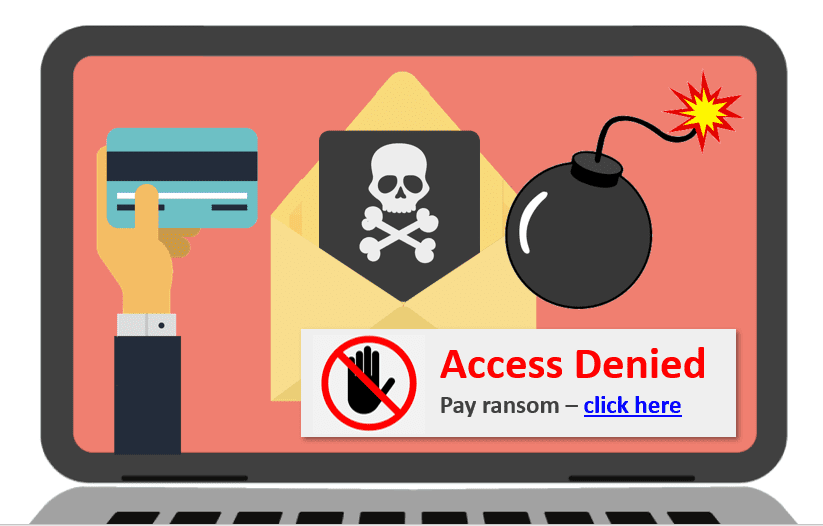
Bias is natural. It’s part of how humans make sense of the world. Whenever we’re weighing options or processing information, our biases are there, working behind the scenes and pulling us towards a conclusion that makes sense. But, biases are not rooted in fact and almost always hurt decision-making. This guide exposes the types of bias that often cloud our judgement at work. Because recognising bias is the best way to overcome it.
What Bias is
Humans don’t see the world as it truly is. Our brains can’t actually keep up with everything happening around us each moment of the day despite their incredible processing power. Instead, we combine what we can process with a ‘best guess’ to fill the gaps. Our brains create this best guess based on our expectations, which are typically close enough to objective reality that we never really notice any differences.
Biases are one of the shortcuts our brain uses to make sense of the world. Imagine you were going for a job interview. You enter to find an older man dressed in a business suit. Most people would find this situation typical because it fits a common expectation – business leaders are older, well-dressed men.
Now, the situation has changed – the man explains that he was only there to set up the room and that the interviewer would be along shortly. A woman comes in and strides towards you, hand outstretched. Some people might feel uncomfortable because they still wrongly assumed all business leaders are men. A woman in a position of authority violates their best guess of the situation.
This is a textbook example of bias – a preconceived idea or belief based on what we expect, not verifiable facts.
Why We All Have Biases
Human behaviour is still primarily driven by survival instinct. Your brain constantly scans for danger, categorising everything around you as a threat or non-threat. Of course, it’s thankfully rare we actually find ourselves in danger. But your brain doesn’t know this. And it doesn’t like the unknown.
If you see something unexpected, your brain starts ringing alarm bells. It might be brief, but you’ll feel unsettled or like something’s wrong for a moment. This feeling is your stress response, triggered by a sense of unfamiliarity.
Bias is an unfortunate by-product of this natural fear of the unknown. We inevitably prefer situations that fit our expectations and this feeling extends to people too. The reverse is also true. We often respond negatively to people who defy our preconceived notions.
And these expectations are rooted in past experiences, which are both personal and unreliable.
To go back to our interview example, most business leaders you’ve seen, either in the media or in real life, are probably men of a particular type. Repeated exposure causes your brain to adopt this man as the model for a business leader. This process creates an expectation which leads to an unconscious bias towards men (and against women) in professional situations.
HR Compliance Courses
Prevent conflict, misconduct and discrimination. Online HR compliance training helps staff understand and fulfil their legal duties. Promote professionalism and support compliance in your workplace.
How Bias Hurts People
Biases breed inequality. People who don’t fit common expectations are rarely treated fairly or given equal access to opportunities. And if biases go unchallenged long enough, they become systemic or ingrained in our organisations.
You only need to look at how few women run companies or the gender pay gap to see bias towards men in business. There’s also ample evidence of racial prejudice in recruitment, with research showing that non-English names on a CV hurt job candidates. Differences in employment rates between disabled and non-disabled people reveal further inequalities in business.
All of these examples illustrate how common biases create an unlevel playing field. Talented, passionate people are denied opportunities because they don’t fit someone’s preconceived ideas.
Overcoming Your Biases
Legislation exists to protect people from discrimination and guarantee equal opportunities. All employers must follow the Equality Act 2010, which makes unfair treatment based on nine protected characteristics illegal. These protected characteristics are:
- Age
- Disability
- Gender reassignment
- Marriage and civil partnership status
- Pregnancy and maternity
- Race
- Religion and beliefs
- Sex
- Sexual orientation
But, types of bias extend beyond these protected characteristics. The best way to overcome bias is to expose it. You need to reflect on your behaviour and question your motives – did you decide based on facts or because someone or something didn’t fit your expectations?
Types of Bias
It’s not exhaustive, but a list of common types of bias seen in workplaces is listed below. Learning about them will help you recognise and eliminate them from your decision-making.
Affinity Bias
The tendency to prefer people similar to yourself is known as affinity bias. It’s probably the most straightforward bias. Left unchallenged, affinity bias smothers diversity in the workplace. Teams or entire workforces end up sharing similar interests, attitudes and backgrounds, preventing innovation and limiting skillsets.
Conformity Bias
Conformity bias causes people to agree with the majority automatically. This phenomenon – also referred to as groupthink – is the enemy of solid, rational decision-making. It turns people away from critical analysis and almost always creates blind spots within an organisation.
Confirmation Bias
Confirmation bias happens when you only consider evidence that already fits your theory. This bias is another enemy of good decision-making. Leaders who ignore contradictory evidence can commit to objectively wrong ideas or resist change.
Contrast Effect
Judging someone based on comparison to others, not personal qualities, is known as the contrast effect. This bias is most harmful in recruitment, where qualified applicants are overlooked because they don’t match the ‘ideal’ candidate.
Biases based on Characteristics
The types of bias collected here are based on personal characteristics outside the nine protected by the Equality Act. They mainly hurt decisions around recruitment or promotions.

Beauty Bias
The name of this common bias is self-explanatory. Conventionally attractive people are generally treated better. Recruiting, promoting or prioritising people based on physical appearance rarely leads to the best business outcomes. (Not to say that beautiful people can’t also be talented.)
Halo Effect
Focusing on one favourable characteristic above all else is known as the halo effect. A candidate might be entirely unsuitable for a role, but if they have one thing the decision-maker likes, no matter how subjective, they may get the job or promotion.
Name Bias
Name bias is rooted in racial prejudice. As already referenced, it’s why people with non-English names on their CVs can struggle to get an interview. This common form of discrimination is why many organisations omit personal details from the application process and focus solely on qualifications and experience.
Creating a Fairer Workplace
At its best, bias narrows the talent field and hinders decision-making. At its worst, bias causes illegal discrimination. Either way, exposing and overcoming bias is essential for long-term business success.
Our online HR compliance courses cover everything you need to know to create fairer workplaces. You can be confident employees are recruited and promoted for the right reasons. HR managers will also learn how to comply with legislation and make decisions in the best interest of the organisation and their colleagues.





















